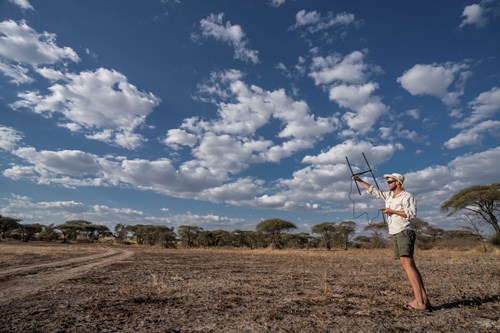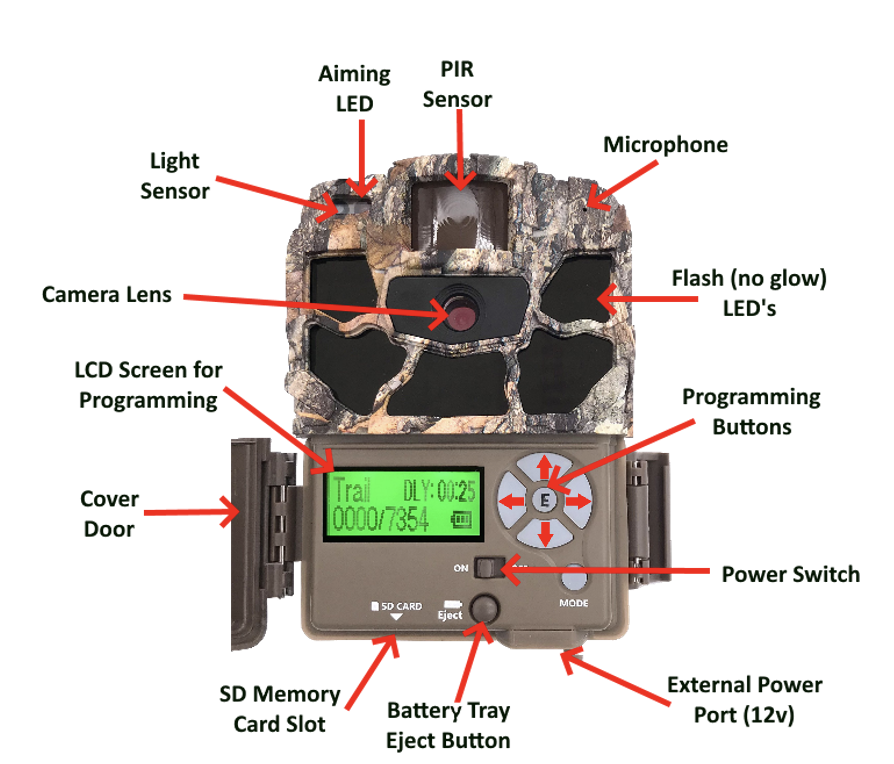Predators of the Usangu Wetlands
Welcome to the Usangu Predator Hub. As a guest and citizen scientist visiting Usangu Expedition Camp, you have the opportunity to contribute to various aspects of predator research in the Usangu Wetlands in Ruaha National Park. Our objective is to identify and monitor individual apex predators. The species we study are lion (Panthera leo), leopard (Panthera pardus), cheetah (Acinonyx jubatus), and wild dog (Lycaon pictus). We utilise collars and telemetry tracking, camera traps, GPS tracking software, and the good old regular camera to collect our data. Have a look around below and learn how you can contribute.
A bit more on the research experience
The Douglas Bell Eco Research Station
The Douglas Bell Eco Research Station is the central hub for all research and conservation efforts in the Usangu Wetlands. Situated alongside Usangu Expedition Camp, it allows guests to engage with researchers and develop a deeper understanding of the vital work being performed in the region. The experiences on offer will vary slightly depending on which researchers are on the ground at any given time. However, a research coordinator is always present, ensuring quality research immersion for visiting guests.

Camera Traps and Predator Identification
The placement of camera traps near frequently used game trails provide helpful information about wildlife numbers and the movements of the game. On arrival, you will receive a camera trap to a place near camp for the duration of your stay. On your last afternoon in camp, retrieve the images to see what your camera has captured.

Collaring and Telemetry
Join the researcher on a half-day tracking collared animals using radio telemetry to track and locate them. Start the day by reviewing the latest locations of the animals of the days before and join the researcher in a vehicle to learn how radio-collaring and telemetry work and how to locate the collared animals. Collared species differ over time depending on advancing research but usually focus on key species in the area such as lion, wild dog (yet to be collared), roan, and sable antelope.
Why travel with Asilia Africa
About UsPositive Impact
Protecting our wilderness areas and the surrounding communities is a key part of who we are.
Prime Locations
Situated in the very best locations within prime game-viewing areas.
Rich Experiences
Our safaris are immersive, authentic and engaging.
Warm Hospitality
Our team welcomes you with warmth and makes you feel at home with genuine African hospitality.
Depend on us
Our expert on-the-ground teams will safeguard your trip, ensuring all runs smoothly.
Commitment to quality
Rely on us to arrange anything you may need, with a superb level of quality throughout.
True Experts
Our internationally recognised team has a genuine passion to share Africa with you.













